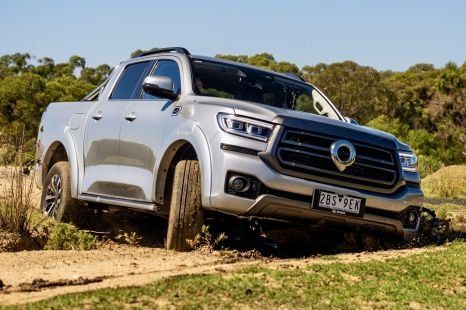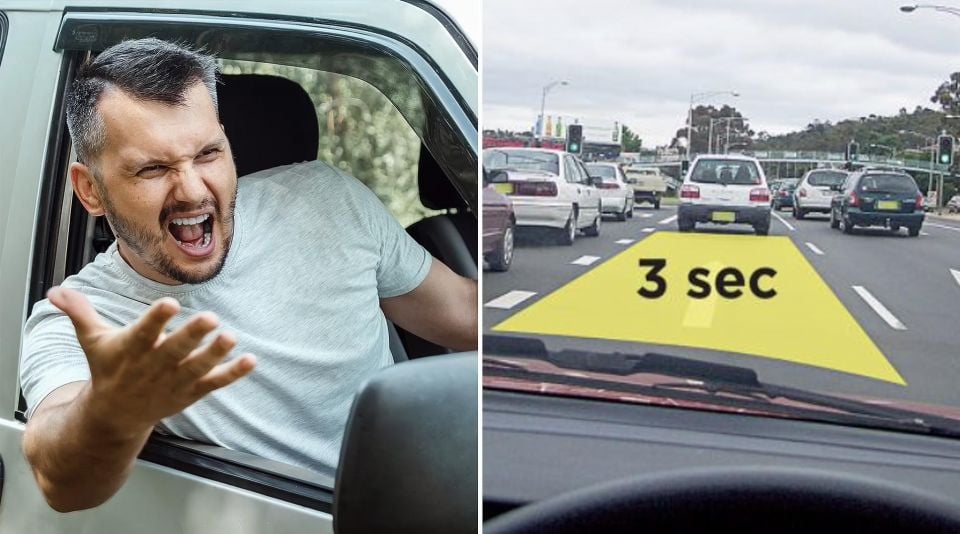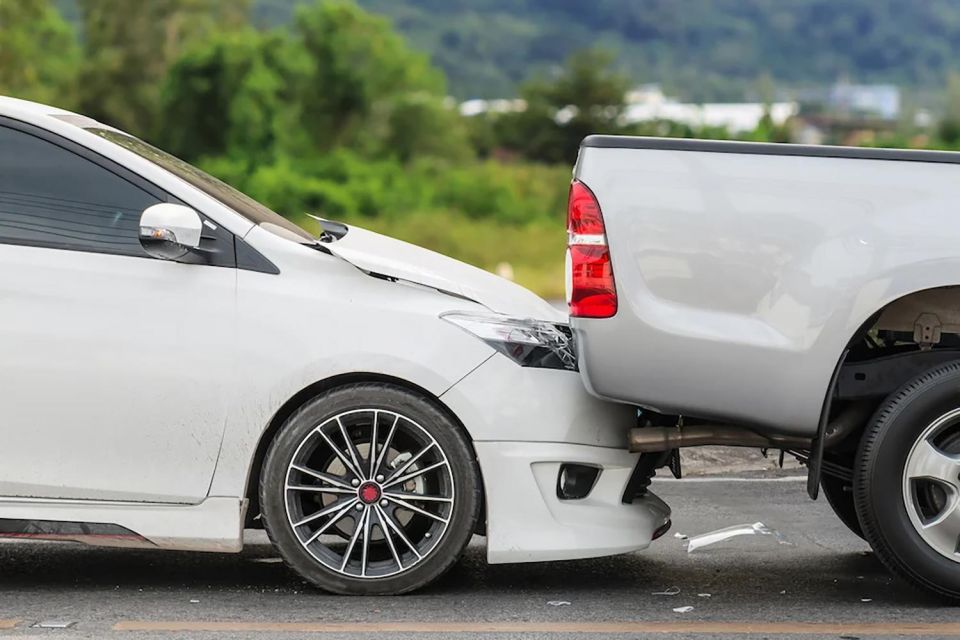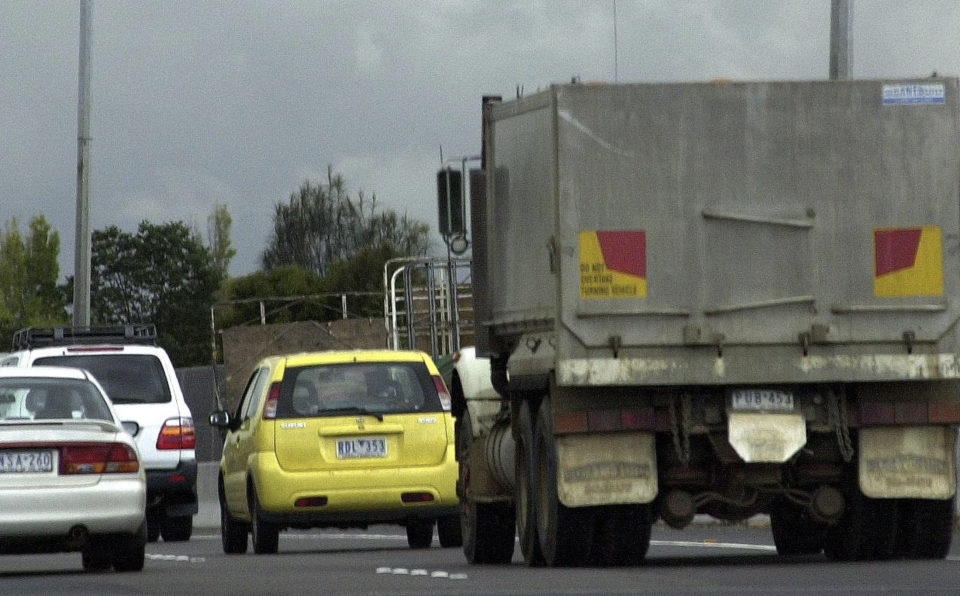

Max Davies
2026 GWM Cannon Ultra review
6 Days Ago
Not only is tailgating dangerous because it limits your stopping potential and increases the risk of an accident, it’s also an illegal with big penalties to pay.

Senior Contributor


Senior Contributor
Tailgating in America means having a party at a football game with the tailgate of your pick-up truck folded down. That’s not what we’re talking about here – tailgating in Aussie parlance is the act of driving too closely to the vehicle in front of you. As in, you’re driving right on the lead vehicle’s tailgate.
And not only is the act dangerous because it limits your stopping potential and increases the risk of an accident, it’s also an illegal act across almost all states and territories in Australia, and there are sizable penalties to pay.

First, let’s consider what “tailgating” might look like in practice. Each of the Australian jurisdictions offers advice on what is broadly labelled a “safe following distance”.
As a rule of thumb, the suggestion is that you should keep “at least 3 seconds’ distance between your vehicle and the vehicle in front of you”.
How do you measure that? Keep an eye on the vehicle ahead, pick out a marker as the lead vehicle passes it, and then count out “one-one-thousand, two-one-thousand, three-one-thousand”. If you reach the same marker before you finish saying that, you’re too close.
That’s the suggestion, anyway. In reality, you might find that is impossible, especially on freeways where other drivers seemingly think they should be positioned in whatever gap there is between other vehicles.
According to the NSW Government: “Reaction time is the time a driver needs to see and understand a situation, decide on a response, and then start to take action. A driver who is fit and alert and not affected by alcohol, drugs or fatigue, needs about 1.5 seconds to react to a hazard. At higher speeds it increases to about 2.5 seconds.
“Response time is the time a driver needs to take action. Most people need at least 1.5 seconds to respond, for example, to brake.”

And beyond that, different conditions affect response times, with the NSW Government stating that drivers should increase their crash avoidance space “to four or more seconds when driving in poor conditions, such as on unsealed (dirt or gravel), icy or wet roads, or at night”.
With that in mind, having a penalty for not keeping a safe distance seems a logical thing. And every state and territory in Australia has such a rule. Here’s a rundown of each:
Not intended as legal advice. Check with the relevant roads authority in your state or territory.
Matt has more than a decade of experience in automotive journalism, and loves exploring the pros and cons of new cars, delving into deep-dive industry stories, and going for a drive just for the fun of it.


Max Davies
6 Days Ago


Josh Nevett
4 Days Ago


Max Davies
4 Days Ago


Max Davies
3 Days Ago


Neil Briscoe
2 Days Ago


Max Davies
1 Day Ago